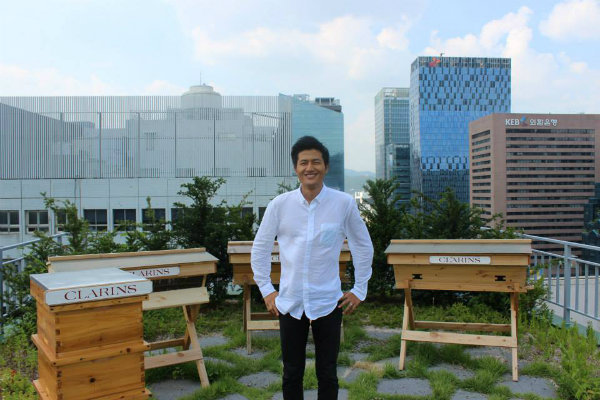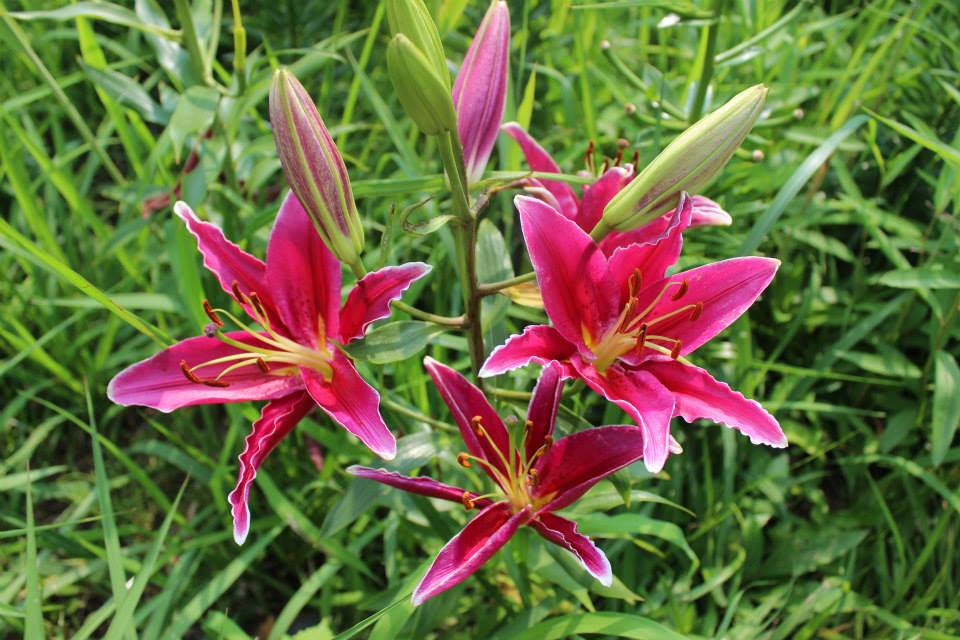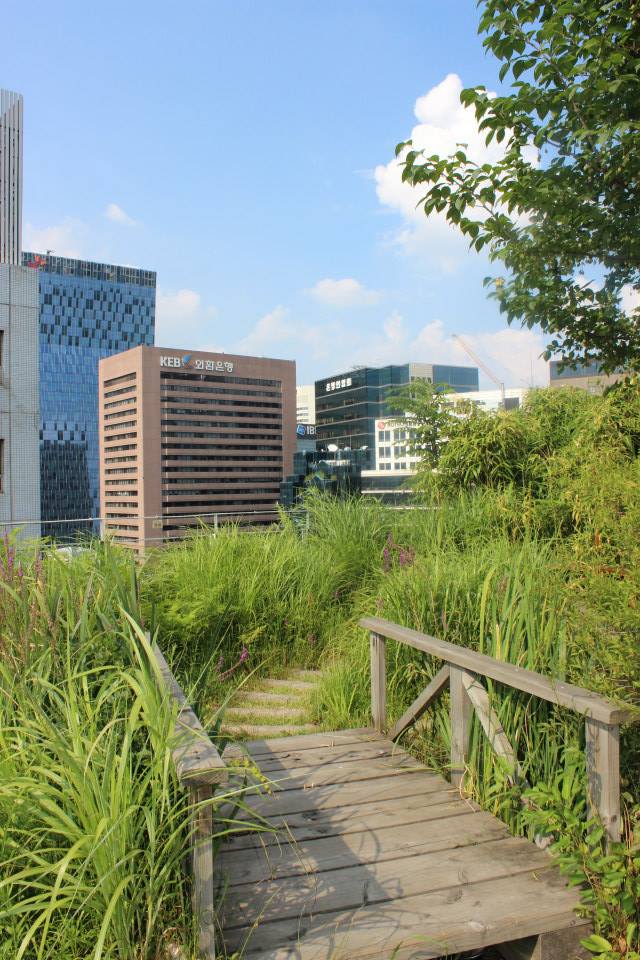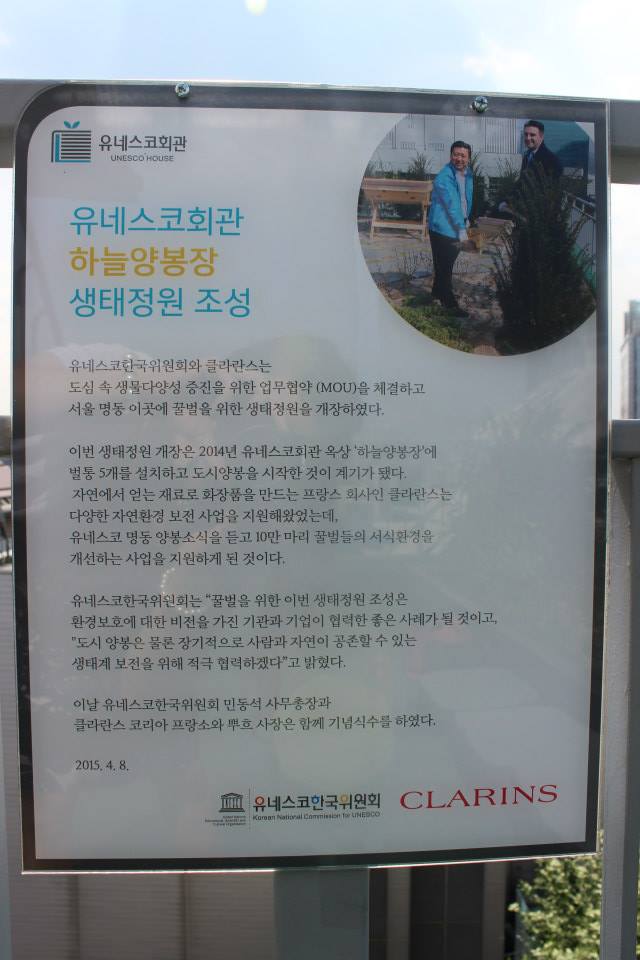Urban Bees Seoul Lures More Believers With Honey
Photos by Dakota Kim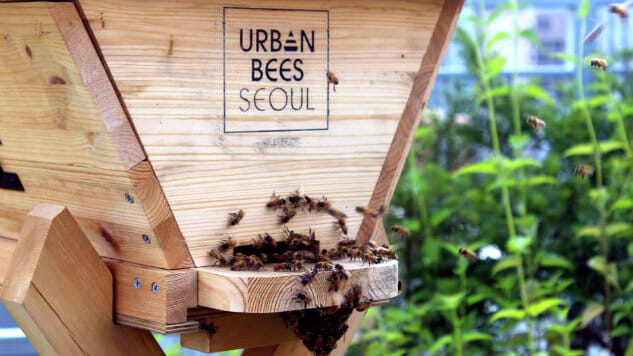
On a rooftop high above the brightly-lit beauty shops and potato tornado vendors of pulsating Myeongdong, a young man stands amongst crepe myrtle trees and tigerlilies, carefully lighting a flame and igniting the contents of a funny-looking little stainless steel pitcher. He walks over to a wooden box on stilts and lifts the roof off of it, funneling smoke inside from the stainless steel container.

It’s time for Jin Park to check on the beloved queen bee of a hive belonging to his non-profit Urban Bees Seoul, which educates South Koreans about the source of one of their most beloved and least understood foods. The stainless steel pitcher pours forth smoke that temporarily subdues the bees, allowing him to take a careful look inside the hive to ensure that the queen is alive and healthy, and that honey is being produced.
-

-

-

-

-

-

-

-

-

-

-

-

-

-

-

-

-

-

-

-

-

-

-

-

-

-

-

-

-

-

-

-

-

-

-

-

-

-

-

-

